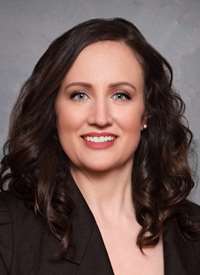Medical College of Wisconsin Cognitive Neuroscience Research Program
Cognitive neuroscience focuses on understanding human brain systems underlying higher cognitive processes such as language, reasoning, decision-making, social behavior, and memory. Breakdown of these functions is a central feature of normal aging and of many common neurological conditions, including stroke, Alzheimer’s disease, epilepsy, traumatic brain injury, and Parkinson’s disease. The resulting cognitive impairments, which can include loss of language abilities, impaired memory, impaired concentration and problem solving, impaired judgment, and many other specific processing disorders, are often devastating to patients and caregivers, and are the main cause of disability in these conditions. Cognitive neuroscience attempts to understand these processes, how they break down in pathological states, and how they can be restored using pharmacological, behavioral, and physiological methods. As demonstrated by recent funding of the NIH BRAIN Initiative, the Human Connectome Project, and multiple large disease-related brain connectome projects (including the Epilepsy Connectome Project and the Alzheimer Disease Connectome Project, both headed by MCW PIs), there are large gaps in our understanding of cognitive brain processes, many of which arise from activity in large, complex neural networks, and a great need to fill these gaps. Understanding the architectural organization of these networks and the specific roles played by the hundreds of distinct information processing nodes so far identified in the human brain is a major goal of neuroscience.
Program Goal
Our overall goal is to improve the health of Wisconsin citizens by enhancing research on the diagnosis and treatment of cognitive disorders. The Cognitive Neuroscience Research Program (CNRP) brings together researchers and clinical providers at MCW working on diagnosis and treatment of these conditions, providing powerful state-of-the-art tools and infrastructure support for enabling coordinated research projects.
Funding Support
Advancing a Healthier Wisconsin Endowment
Project #5520462: Cognitive Neuroscience Research Program
B.-F. Fitzsimmons, Principal Investigator
Program Aims
Aim 1. Provide core support for clinical and basic researchers at MCW in the field of cognitive neuroscience. This infrastructure includes expertise and personnel for computational analysis of imaging (MRI and MEG) and electrophysiological (MEG and EEG) data, management of clinical research databanks, and administrative support.
Aim 2. Maintain patient databanks to support research in memory disorders, epilepsy, and aphasia. These are disease-specific, REDCap databanks based on prospective recruitment under IRB approved protocols. The databases complement existing large clinical programs in these areas, leveraging these data to enable novel research programs.
Aim 3. Assist the We Energies Center for Aphasia Research (WE-CARE) in conducting cutting-edge research on communication disorders and novel treatment protocols for aphasia. The aphasia research program is a natural extension of longstanding NIH-supported Neurology Department research in language neuroscience. CARE leverages this expertise in neuroimaging, neuropsychology, noninvasive stimulation, and other investigative approaches to develop novel therapies for aphasia, with the aim of creating a new Midwest regional referral center for aphasia research, evaluation, and treatment.
Aim 4. Administer a competitive pilot grant program to support MRI and MEG imaging studies in cognitive neuroscience. Up to 3 projects will be funded per year, and approximately 10-12 over the span of the current AHW award. These grants will enable scientists to acquire pilot data in preparation for larger extramural grant applications.
Meet Our Team
Program Faculty & Staff

Jeffrey R. Binder, MD
Professor

Sara B. Pillay, PhD, ABPP
Associate Professor

Manoj Raghavan, MD, PhD
Professor
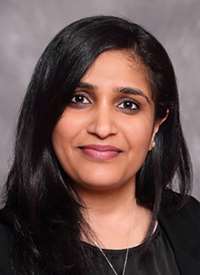
Priyanka Shah-Basak, PhD
Assistant Professor

Samantha Drane, MS
Program Manager
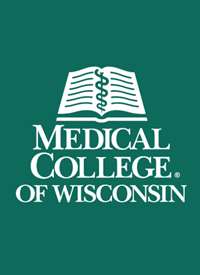
Joe Heffernan, MS
Engineer III

Monica Keith, PhD
Engineer II
Affiliated Faculty

Piero G. Antuono, MD
Adjunct Professor
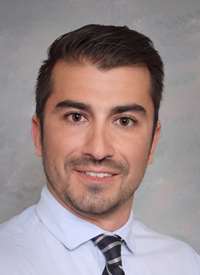
Joseph L. Amaral, PhD
Assistant Professor

Diane S. Book, MD
Professor

Benjamin Brett, PhD
Associate Professor
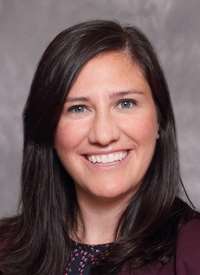
Alissa M. Butts, PhD, ABPP
Associate Professor

Chad Carlson, MD
Chair II
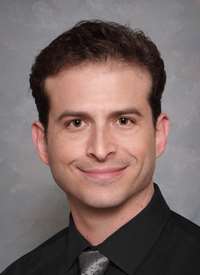
Leonardo Fernandino, PhD
Associate Professor of Neurology, Biophysics, and Biomedical Engineering; Interim Vice Chair, Faculty Affairs and Development, Department of Neurology

Malgorzata Franczak, MD
Professor
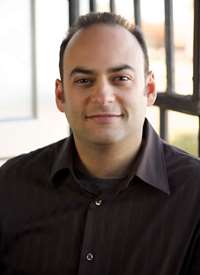
Adam Greenberg, PhD
Associate Dean of Postdoctoral Education, School of Graduate Studies; Associate Professor of Biomedical Engineering; Associate Professor of Ophthalmology & Visual Sciences; Director of the Sensory Neuroscience, Attention, and Perception Laboratory
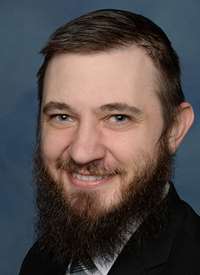
William Gross, MD, PhD
Associate Professor

Amy Heffelfinger, PhD, MPE, ABPP
Professor
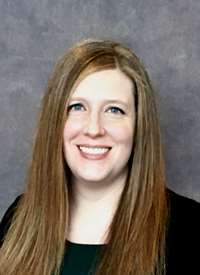
Julie K. Janecek, PhD, ABPP
Associate Professor
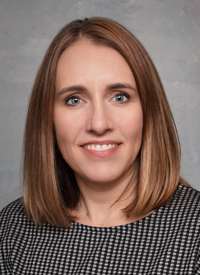
Jennifer I. Koop, PhD, ABPP
Professor

Michelle Loman Moudry, PhD, ABPP-CN
Associate Professor

Michael McCrea, PhD, ABPP
Professor
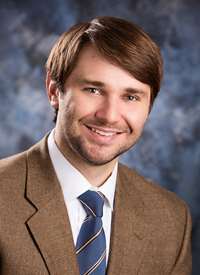
Timothy B. Meier, PhD
Professor

Lindsay Nelson, PhD, ABPP
Professor
